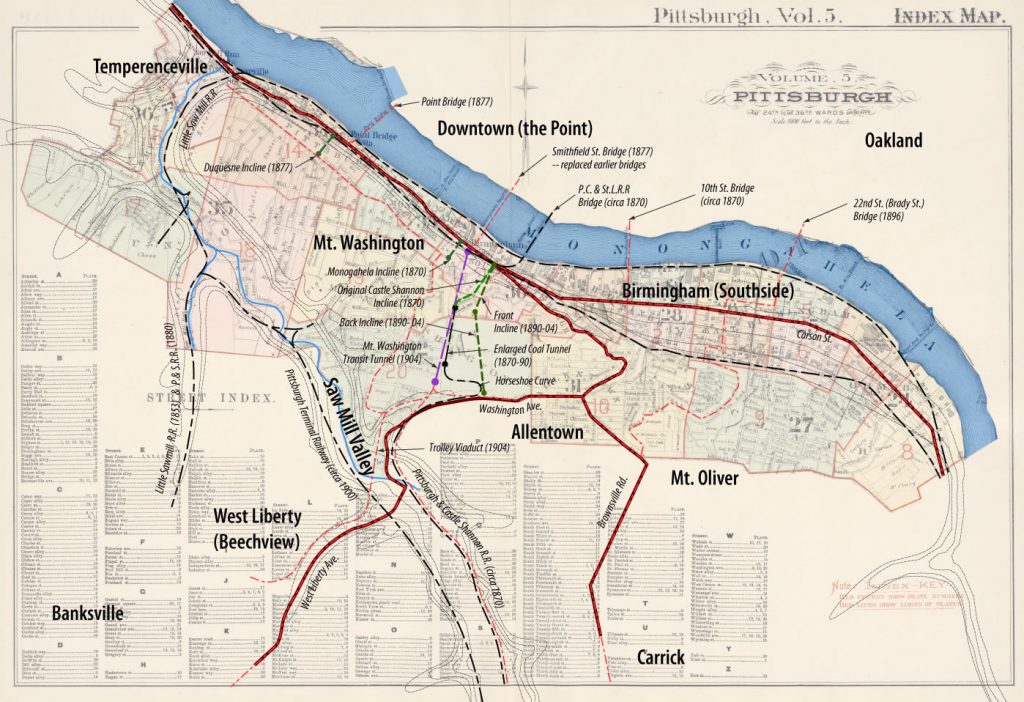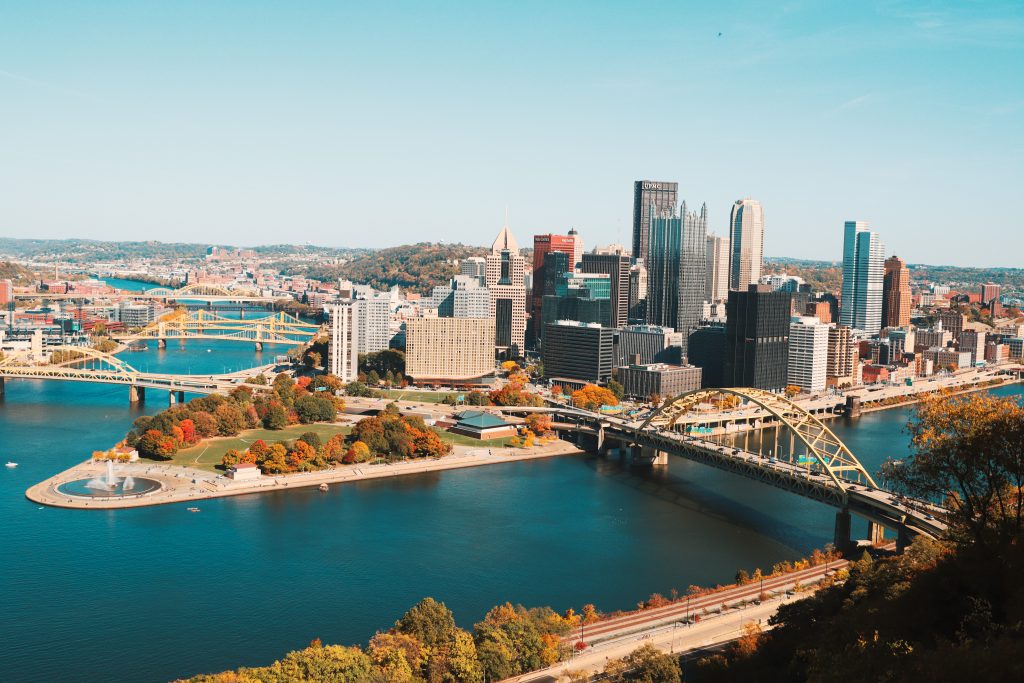Assoc. Prof. Ben Gianni presents papers on Pittsburgh at urban history conference
October 30, 2023

Associate Professor Benjamin Gianni presented two papers on October 28 exploring urban renewal and suburbanization in Pittsburgh, PA at the Urban History Association Conference.
The theme of the four-day conference, which took place in Pittsburgh, was “Reparations & the Right to the City.” About 750 people attended.
Gianni, who was born and raised in Pittsburgh, took part in the session “The Making of Modern Pittsburgh” with a paper titled Piercing the Escarpment: Southward Suburbanization in Pittsburgh.
He also participated in the “Geographies of Place and Race” session, delivering a paper titled Redlining and Urban Renewal in Pittsburgh’s Hill District.

ABSTRACTS
Session: The Making of Modern Pittsburgh
Piercing the Escarpment: Southward Suburbanization in Pittsburgh
The paper explores the various topographical challenges associated with opening Pittsburgh’s South Hills to suburbanization in the late 19th and early 20th centuries. It traces the routes over and through Mt. Washington, the escarpment facing downtown Pittsburgh from across the Monongahela River.
Beginning with funiculars and a rail line through a decommissioned coal tunnel, the paper chronicles debate regarding the location and alignments of successive piercings, the modes of transportation each accommodated, and their impact on the form and location of early suburban communities.
Included is a discussion of Frederick Law Olmsted Jr.’s plan for a parkway through the Sawmill Run Valley, which runs behind and severs Mt. Washington from developable land to the south. Reflecting the era in which it was conceived, Olmsted’s plan proposed a City Beautiful civic centre in downtown Pittsburgh.
Session: Geographies of Place and Race
Redlining and Urban Renewal in Pittsburgh’s Hill District
This paper explores the relationship between Depression-era redlining and post-war urban renewal in Pittsburgh. It discusses which areas were targeted for renewal under the 1949 Housing Act and why.
It explores the relationship (or lack thereof) between projects funded under Titles I and III of the Act and compares what was intended with what transpired. It also assesses the legacy of these projects, identifying the elements that have remained and those that have undergone subsequent renewal.
Of particular focus is Pittsburgh’s Hill District, which was the neighbourhood with the highest concentration of African Americans in the mid-20th century and the location of several federally sponsored renewal projects.
Comparing these projects enables us to evaluate the overall effect of displacement against the volume and timing of replacement housing. The area is also significant for the quantity of recently constructed low-cost housing, offering a laboratory for the study of urban renewal over the last seven decades.
